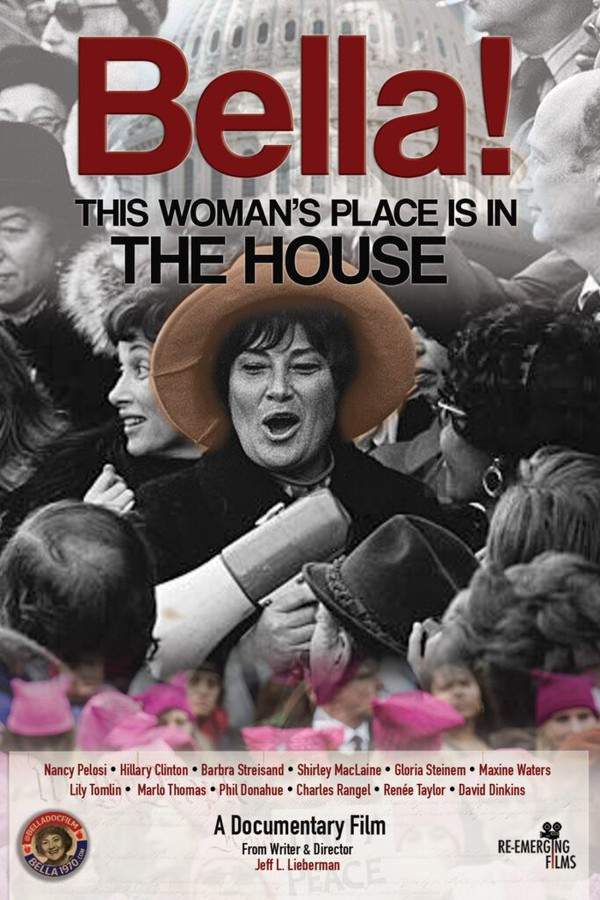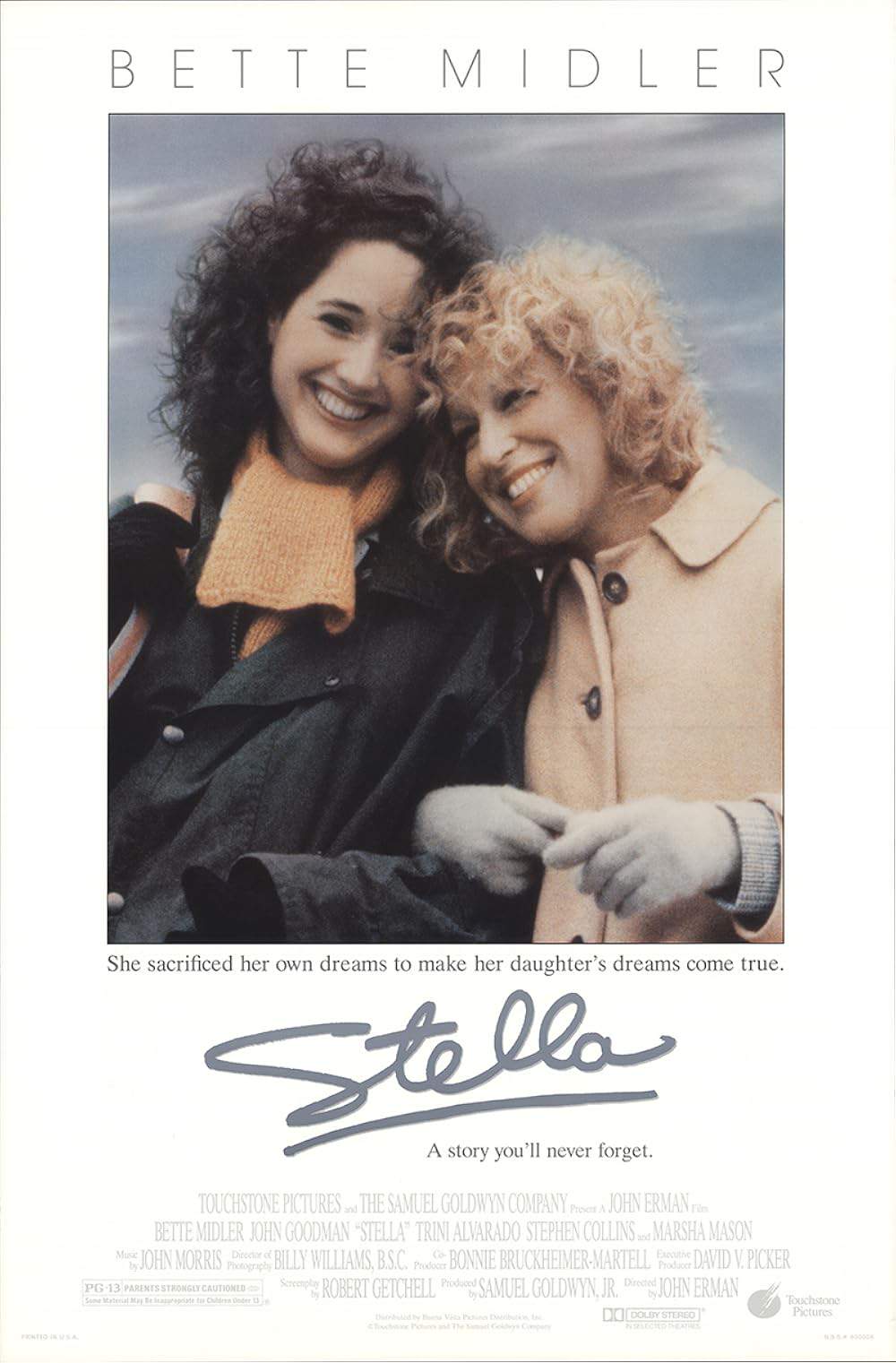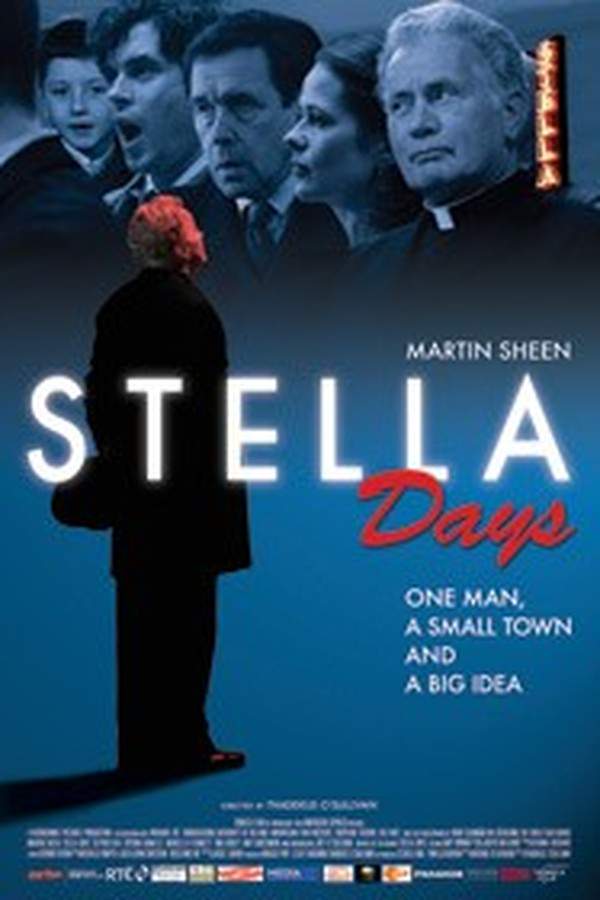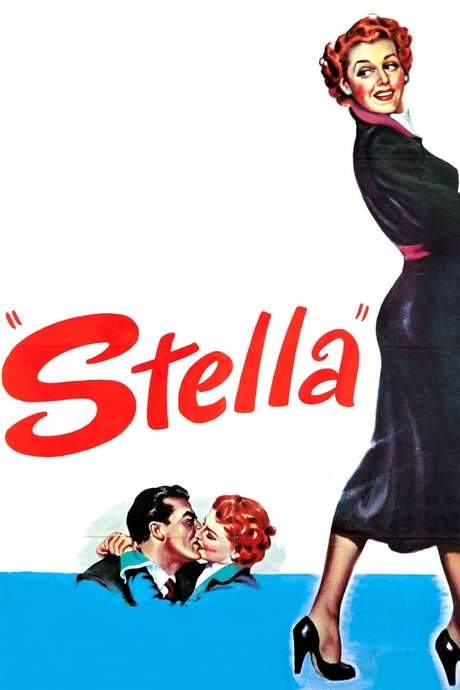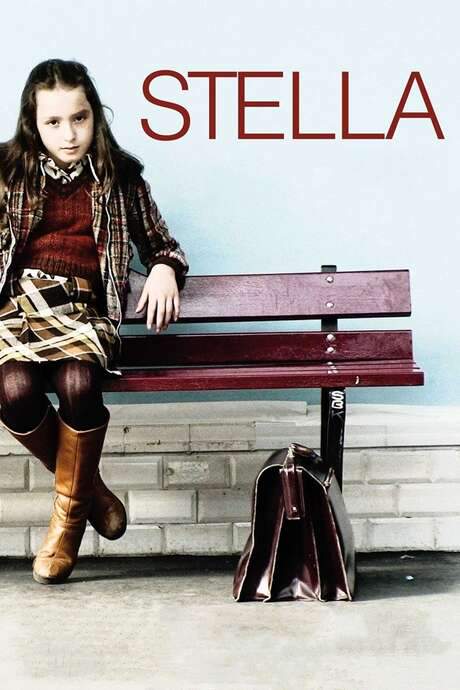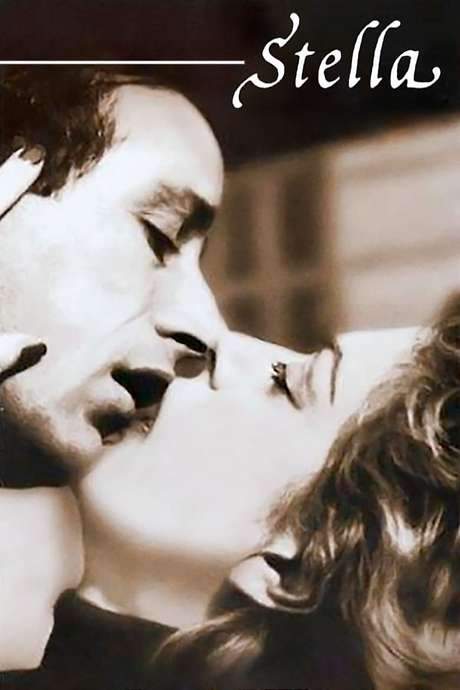
Stella Dallas
Year: 1937
Runtime: 106 mins
Language: English
Director: King Vidor
Sure - I like a good time! After divorcing a society man, a small-town woman tries to build a better life for their daughter.
Warning: spoilers below!
Haven’t seen Stella Dallas yet? This summary contains major spoilers. Bookmark the page, watch the movie, and come back for the full breakdown. If you're ready, scroll on and relive the story!
Stella Dallas (1937) – Full Plot Summary & Ending Explained
Read the complete plot breakdown of Stella Dallas (1937), including all key story events, major twists, and the ending explained in detail. Discover what really happened—and what it all means.
In 1919, in a Massachusetts factory town, Stella Dallas, the daughter of a mill worker, resolves to lift herself out of the social confines that hold her in place. She fixates on Stephen Dallas, the advertising manager at the mill, who is meanwhile navigating a delicate, emotionally vulnerable moment after his father’s suicide and the collapse of his former fortune. Stephen has drifted from high society and is hoping to reclaim a future with his fiancée Helen Morrison, but when he sees the newspaper announcement of Helen’s upcoming wedding, the fragile balance of his plans is unsettled. In a spur of the moment, Stella and Stephen begin a brief courtship and soon decide to marry, even though the union seems improvised and imperfect.
A year later, the two welcome a daughter, Laurel “Lollie” Dallas, into the world. Stella discovers a deep maternal instinct she didn’t expect to feel so strongly. Even when she is out dancing and socializing, thoughts of her child pull at her, tugging at the edges of her self-made ambition. As Laurel grows, Stella’s aspirations narrows from grand social ascent to a more intimate, protective aim: to provide a better life for her daughter. Stephen, too, adores Laurel, and the three form a fragile little unit, where affection for Laurel becomes the thread that ties husband, wife, and child together, even as fault lines run through their relationship.
Stephen’s ambition is real, but so is Stella’s stubborn desire to refine her own image. Stephen attempts to guide Stella toward a more cultivated exterior, while he disapproves of her friendship with the blunt Ed Munn, a man who represents a rougher, more vulgar counterpoint to Stella’s evolving self-image. The couple’s uneasy harmony is shaken when Stephen is offered a promotion that requires a move to New York. Stella agrees to the change if Laurel can stay behind with her, and the pair separate—though they remain legally married and, in practice, continue to share the custody of their daughter in different arrangements. Laurel becomes a constant presence in Stephen’s life, and he visits, or they take mother-daughter vacations together, keeping a complicated but persistent bond alive.
Years roll by, and Stephen encounters Helen again, now a wealthy widow with three sons. The old connection rekindles, and Stephen invites Laurel to stay at Helen’s opulent mansion during a vacation. Laurel forms a warm rapport with Helen and her sons, a sign that the child’s affection is a bridge between two worlds. Stephen asks Stella for a divorce through his attorney, but Stella declines, signaling that she will not simply release him or Laurel from her life and ambitions.
Stella’s path then takes a dramatic social turn. She escorts Laurel to a luxurious resort, where Laurel meets Richard Grosvenor III and the two youths fall in love. The moment crystallizes a fork in Stella’s plans: can she reconcile the life she’s built for herself with the life Laurel is building with Richard? The answer comes when Stella, newly recovered from a mild illness, returns to her social circle only to face gossip about her fashion and manners—the sunlit glamour of the resort crowd casting a sharp, unkind light on her earlier choices. The pain of public judgment is not lost on Laurel, who feels the sting of embarrassment and requests to leave, though she provides no explanation.
On the journey home, Stella overhears passengers gossiping about her, and the weight of it confirms the depth of her investment in a life she’s chosen to lead. After conferring with Helen and reflecting on the elegance she has seen, Stella reaches a practical, if painful, decision: she agrees to divorce Stephen and asks that Laurel live with Helen and Stephen once they marry. Helen understands the motive behind Stella’s request and accepts the arrangement, recognizing that Laurel’s well-being is the true center of the rift and reconciliation between the past and the future.
When Laurel learns of the arrangement on a subsequent visit to Helen’s mansion, she quickly deduces Stella’s reasoning and resolves to return home to her mother. Yet Stella, for her part, masks her true intentions, suggesting she would prefer Laurel be free to join Ed and travel to South America, a plan that would pull Laurel away from the life she’s built with Stephen and Helen. Heartbroken, Laurel returns to her father and to Helen, caught between two families and two visions of what happiness might look like.
Time passes, and Laurel and Richard eventually marry. The wedding is small and intimate against the backdrop of the two families that have shaped Laurel’s life, and the yearnings of Stella—now observant and quiet—linger in the margins. Laurel is touched by Helen’s quiet reassurance that news of her engagement may not have reached Stella yet, a reminder that love and communication often travel on their own schedules. In the rain-drenched moment outside Helen’s mansion, Stella watches Laurel’s vows through a window, a solitary figure melding pride with sorrow. A police officer shooes her away, and she walks away, head held high and a tear-streaked smile on her face, a complex portrait of a mother who has chosen her own path and, in doing so, has carved out a nuanced, lasting sense of pride for Laurel—even as she remains merely a bystander to the doorway through which her daughter steps into a shared future.
Last Updated: October 09, 2025 at 11:01
Unlock the Full Story of Stella Dallas
Don't stop at just watching — explore Stella Dallas in full detail. From the complete plot summary and scene-by-scene timeline to character breakdowns, thematic analysis, and a deep dive into the ending — every page helps you truly understand what Stella Dallas is all about. Plus, discover what's next after the movie.
Stella Dallas Timeline
Track the full timeline of Stella Dallas with every major event arranged chronologically. Perfect for decoding non-linear storytelling, flashbacks, or parallel narratives with a clear scene-by-scene breakdown.

Similar Movies to Stella Dallas
Discover movies like Stella Dallas that share similar genres, themes, and storytelling elements. Whether you’re drawn to the atmosphere, character arcs, or plot structure, these curated recommendations will help you explore more films you’ll love.
Explore More About Movie Stella Dallas
Stella Dallas (1937) Scene-by-Scene Movie Timeline
Stella Dallas (1937) Movie Characters, Themes & Settings
Stella Dallas (1937) Spoiler-Free Summary & Key Flow
Movies Like Stella Dallas – Similar Titles You’ll Enjoy
Bella (2007) Spoiler-Packed Plot Recap
How Stella Got Her Groove Back (1998) Ending Explained & Film Insights
Stella (1990) Complete Plot Breakdown
Stella Days (2012) Detailed Story Recap
Stella's Last Weekend (2018) Film Overview & Timeline
Stella Maris (1918) Full Movie Breakdown
So Big! (1932) Full Movie Breakdown
Stella Dallas (1925) Ending Explained & Film Insights
Stella (1950) Film Overview & Timeline
Stella (2009) Full Movie Breakdown
Like Dandelion Dust (2009) Full Summary & Key Details
Stella (2008) Full Movie Breakdown
Stella (1955) Full Summary & Key Details
Stella Does Tricks (1996) Spoiler-Packed Plot Recap
Stella in Love (2022) Detailed Story Recap



